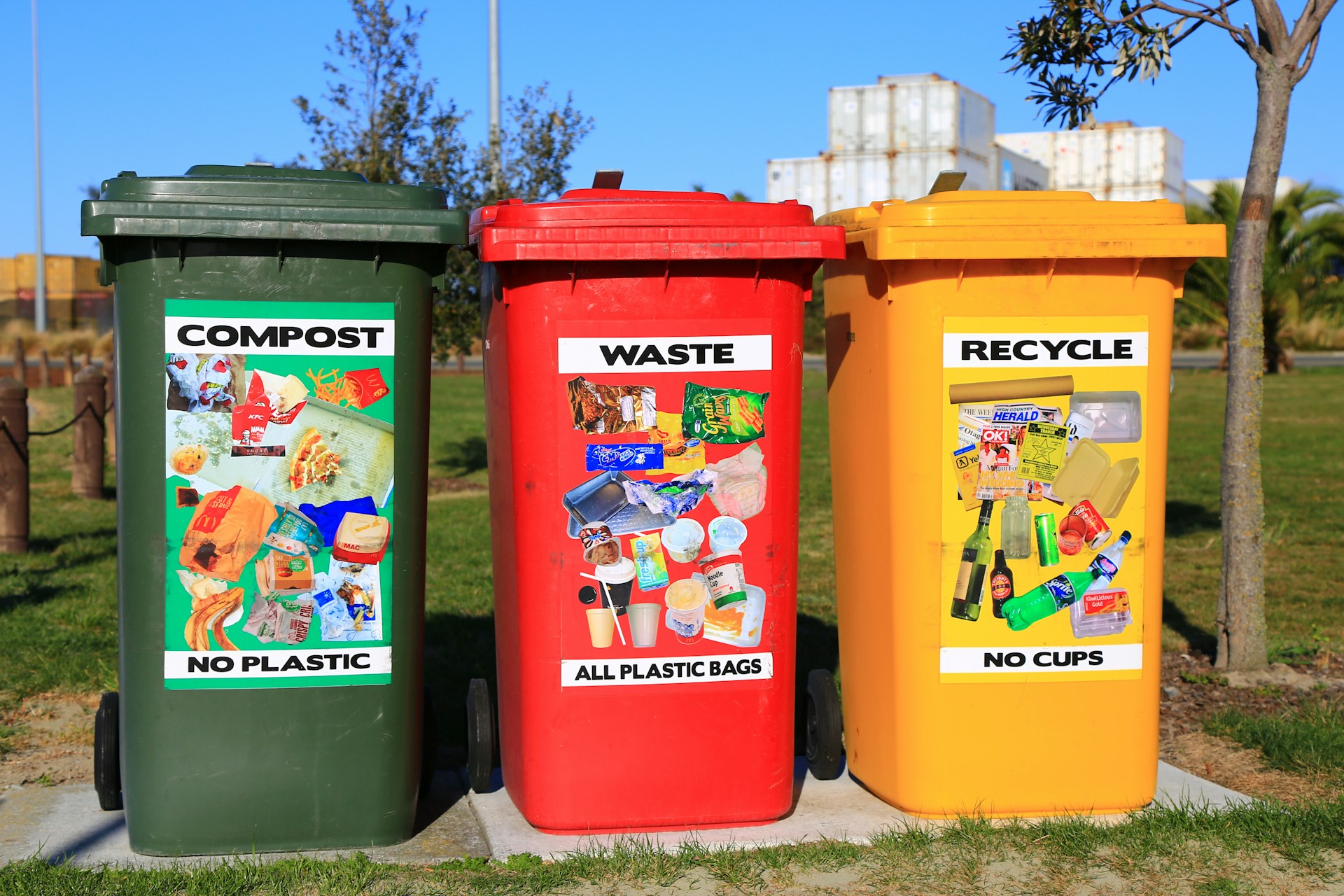All of Aotearoa will follow the same guidelines for what to put in their kerbside recycling bins from today.
The new national guidelines replace the previous system of patchwork rules across different regions.
The SMC asked experts to comment.
Dr Jeff Seadon, environmental scientist, comments:
“Finally, after over 15 years since the Waste Minimisation Act was passed and over $400 million collected in landfill levies, New Zealand is getting a coordinated response to waste issues that are more than the trivia of banning single use plastic packaging. A single standard set of kerbside recycling conditions around the country will provide certainty for householders and potentially reduce contamination, which reduced its market value. In some cases people will take time to adapt to the new system, but past experience has shown that adaptation only takes a short time, especially if collections are monitored and feedback provided to transgressors.
“With the introduction of food scraps diversion, the size of the prize is a reduction of 200 million tonnes of waste going to landfill – or 5% of current quantities. These scraps will now be converted into compost and returned to the land where the nutrients can be used for future crops – closing the loop.
“The government used COVID-19 to lay the foundations of the current moves to upgrade recycling facilities by automating them. As we saw during the COVID-19 pandemic, supply chains were temporarily disrupted meaning that anything that was not able to be processed in New Zealand was landfilled. With better onshore processing facilities in New Zealand which can handle plastics 1,2 and 5, we are ensuring there is a market for these plastics for the foreseeable future.”
No conflict of interest.
